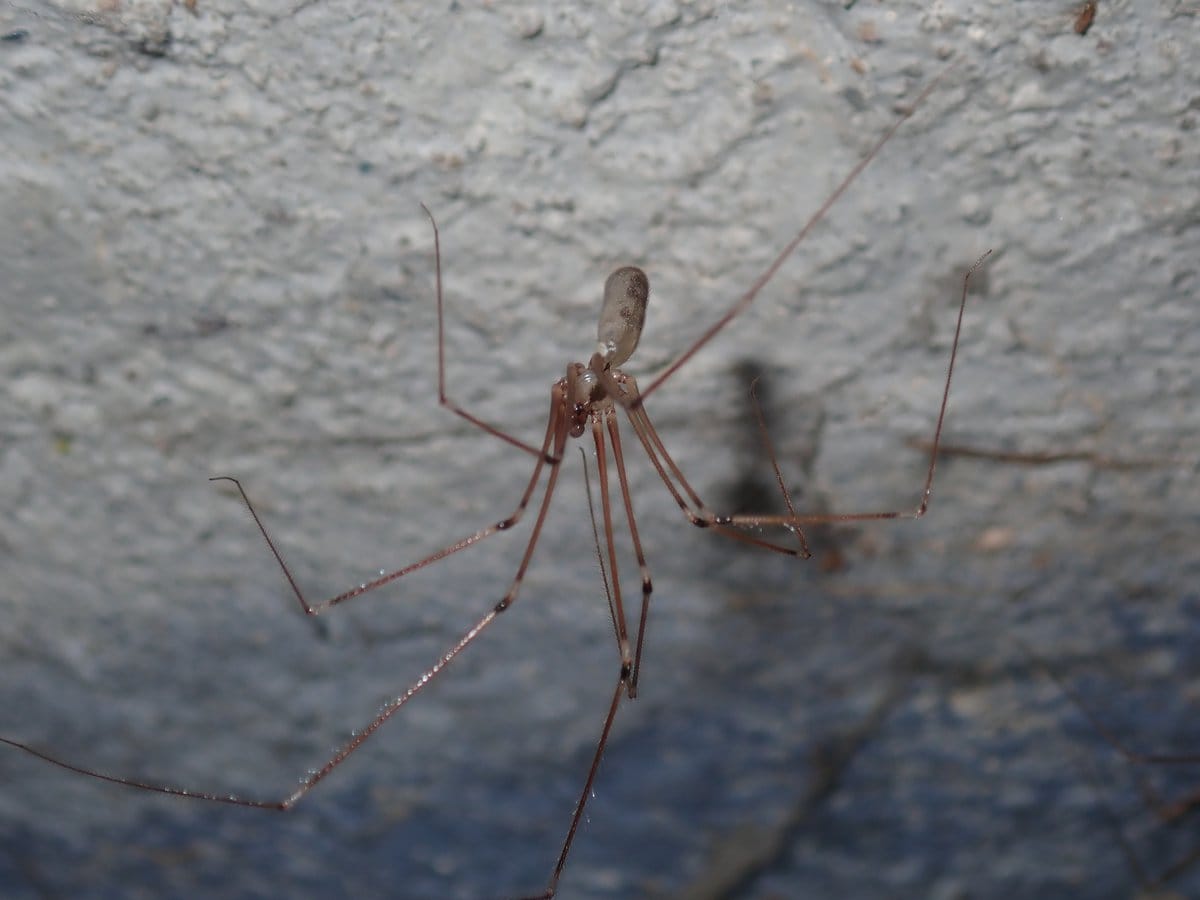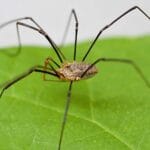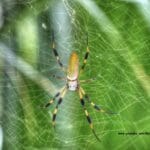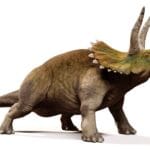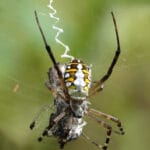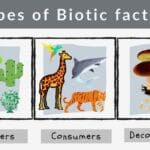Granddaddy long legs, also known as harvestmen, are fascinating creatures with unique eating habits. This article explores their diverse diet, hunting techniques, and ecological role, separating fact from fiction and highlighting the latest research.
Decoding the Daddy Long Legs Diet
Granddaddy long legs, those leggy arachnids frequently spotted in gardens and homes, are surprisingly versatile eaters. Contrary to popular belief, they aren’t spiders, but belong to the order Opiliones. Their dining habits are quite unique, playing a vital role in maintaining the balance of their environment. They are omnivores, meaning their menu includes both plants and animals, living and dead. Think of them as nature’s cleanup crew, consuming pests and recycling organic matter.
Hunters and Scavengers: A Dual Role
These critters are surprisingly effective hunters, particularly of small prey. Their long legs act like sensitive antennae, detecting vibrations from insects such as aphids, mites, and even other arachnids like spiders. Once located, prey is captured using claw-like mouthparts called chelicerae.
Beyond hunting, granddaddy long legs are exceptional scavengers. They feast on dead insects, decaying plant material, and fungi, acting as nature’s recyclers, breaking down organic matter and returning nutrients to the soil. This scavenging behavior also extends to other invertebrates, occasionally including smaller or weaker spiders.
A Varied Menu: From Aphids to Fruit
The granddaddy long leg’s diet is remarkably diverse:
| Live Prey | Scavenged Food |
|---|---|
| Mosquitoes | Dead insects |
| Flies | Decaying plant material |
| Aphids | Fungi |
| Mites | Bird droppings |
| Worms | Fruit |
| Slugs | |
| Spiders |
Even bird droppings are a valuable nutrient source for them. While they may occasionally consume beneficial insects, their pest-controlling habits likely outweigh any negative impacts.
Leggy Hunters, No Webs Required
Unlike spiders, granddaddy long legs don’t spin webs. They rely entirely on their leg-sense and chelicerae for hunting, a unique approach in the arachnid world.
Ecological Impact and Ongoing Research
Granddaddy long legs play a significant role in pest control and nutrient cycling. Research suggests some species may contribute to seed dispersal. Scientists continue to study their complex behaviors, including hunting, occasional cannibalism under specific conditions, and their overall ecological impact. There’s still much to learn about how their legs detect vibrations, their prey selection process, and the factors influencing cannibalistic tendencies.
Should I Let Daddy Long Legs Live?
The short answer is yes. These often-misunderstood arachnids, properly called harvestmen, are beneficial and harmless to humans. They lack venom glands and pose no threat.
Benefits of Coexistence
Harvestmen are nature’s tiny cleaning crew. They consume dead insects, mites, decaying plants, and even bird droppings, contributing to a cleaner home and garden. Their presence also suggests they are controlling other pest populations.
Humane Relocation
If you prefer them outdoors, gently scoop them into a container and release them outside, where they thrive in gardens and wooded areas. Their presence indoors might indicate a moisture problem, so addressing leaks or improving ventilation could naturally reduce their numbers.
| Benefit | Description |
|---|---|
| Pest Control | Consumes insects, mites, and other common household pests. |
| Cleanup | Eats decaying organic matter, contributing to a cleaner environment. |
| Harmless to Humans | Poses no threat to humans; they lack venom glands. |
Ongoing Research and Different Perspectives
While generally beneficial, research on harvestmen continues. Scientists are exploring their complex behaviors and ecological roles, with some studies suggesting a possible role in seed dispersal. Future research may reveal even more about their importance. Letting them live supports a healthy ecosystem. Learn more about the intriguing triceratops diet and the fascinating diet of daddy long leg spiders.
What Attracts Granddaddy Long Legs?
Understanding what attracts harvestmen helps us appreciate their role in the environment. These omnivores aren’t picky, consuming a variety of insects, other invertebrates, decaying plants, and fungi.
Ideal Habitats
Harvestmen seek locations offering both food and shelter. Dark, damp spots like under rocks, logs, leaf piles, or even damp corners of basements and garages provide protection and access to prey. Moisture is essential for their survival.
Factors Influencing Attraction
The abundance of food sources is likely the biggest draw. Areas rich in decaying leaves probably harbor diverse insect and invertebrate populations. Researchers are exploring whether harvestmen are attracted to scents emitted by prey or decaying matter, potentially using their sense of smell to locate food. Some studies suggest they may also be drawn to light at night, though they’re primarily nocturnal.
Humane Handling
If found indoors, don’t panic! They’re harmless. Gently relocate them outside if preferred. Our understanding of these creatures constantly evolves. While we know much about what attracts them, there’s still more to discover.
Do Daddy Long Legs Eat Other Spiders?
The question of whether “daddy long legs” eat other spiders depends on which creature you’re referring to: harvestmen (Opiliones) or cellar spiders (Pholcidae).
Harvestmen: Opportunistic Omnivores
Harvestmen are primarily scavengers, consuming decaying matter, dead insects, and occasionally live prey. While not their primary food source, they might eat smaller, weakened, or deceased spiders if the opportunity arises. Some evidence suggests they hunt live prey, including small or injured spiders.
Cellar Spiders: Active Hunters
Cellar spiders, also called daddy long legs, are true spiders and active hunters. They often prey on other spiders, sometimes even larger or venomous species. This makes them beneficial for controlling spider populations. Dr. Lowe, an entomologist, has stated, “They are actually quite handy little things to have around the house.” This dietary flexibility makes both types of “daddy long legs” beneficial, contributing to a balanced ecosystem.
Ongoing Research
Research on harvestmen behavior continues, investigating the frequency and importance of spider predation in their diet. Factors like species, environment, and food availability probably influence their dietary choices. Future studies will likely reveal more about this complex interaction. So, while daddy long legs can eat other spiders, the extent and significance of this behavior are still under investigation.
- China II Review: Delicious Food & Speedy Service - April 17, 2025
- Understand Virginia’s Flag: History & Debate - April 17, 2025
- Explore Long Island’s Map: Unique Regions & Insights - April 17, 2025
